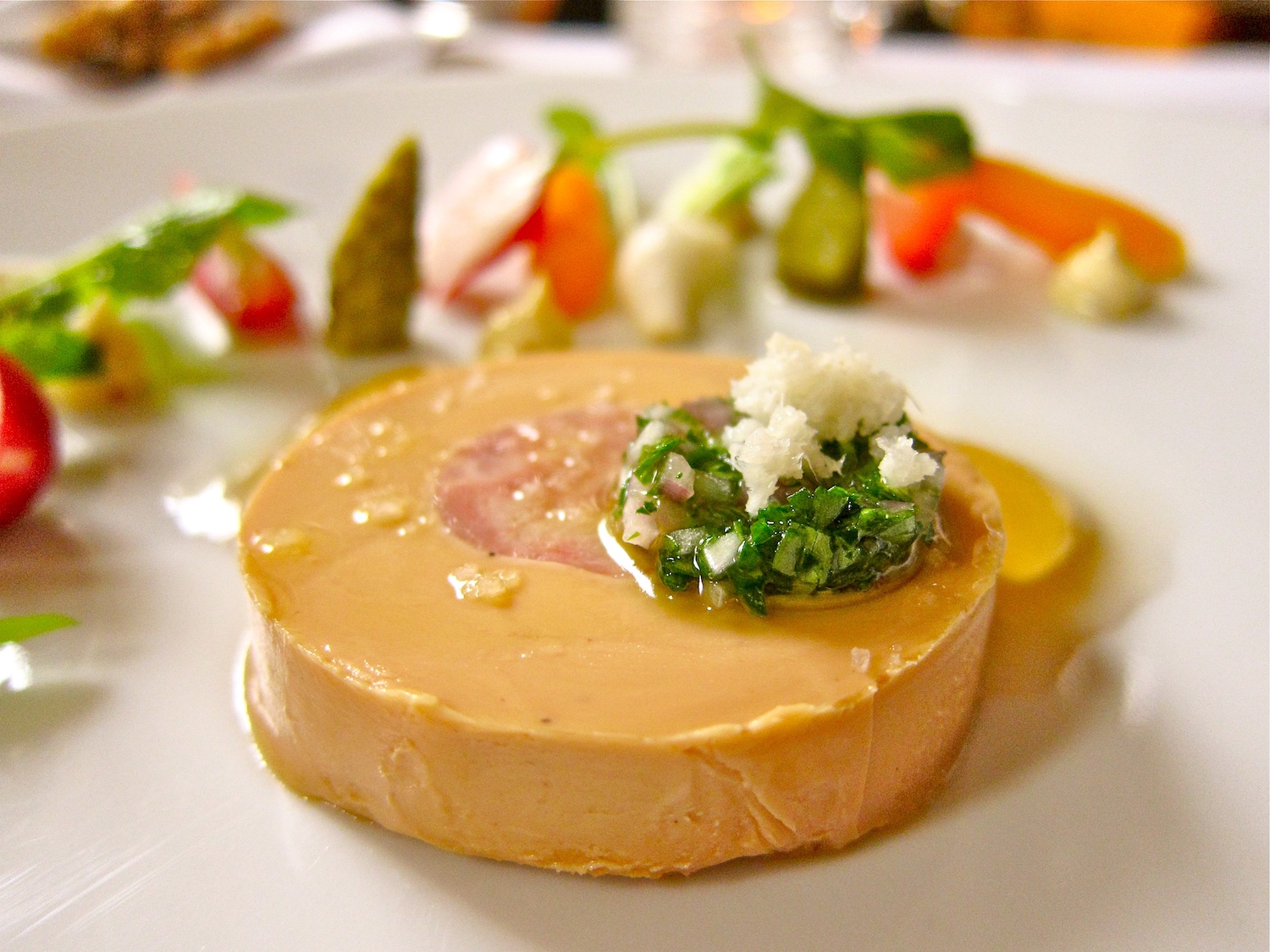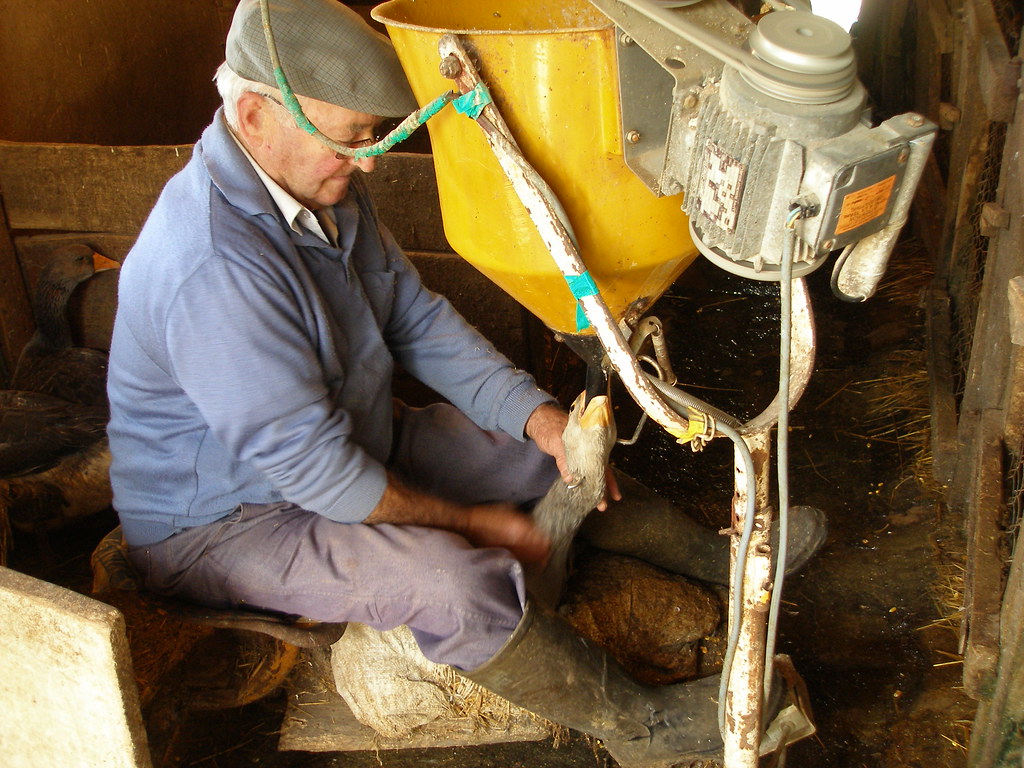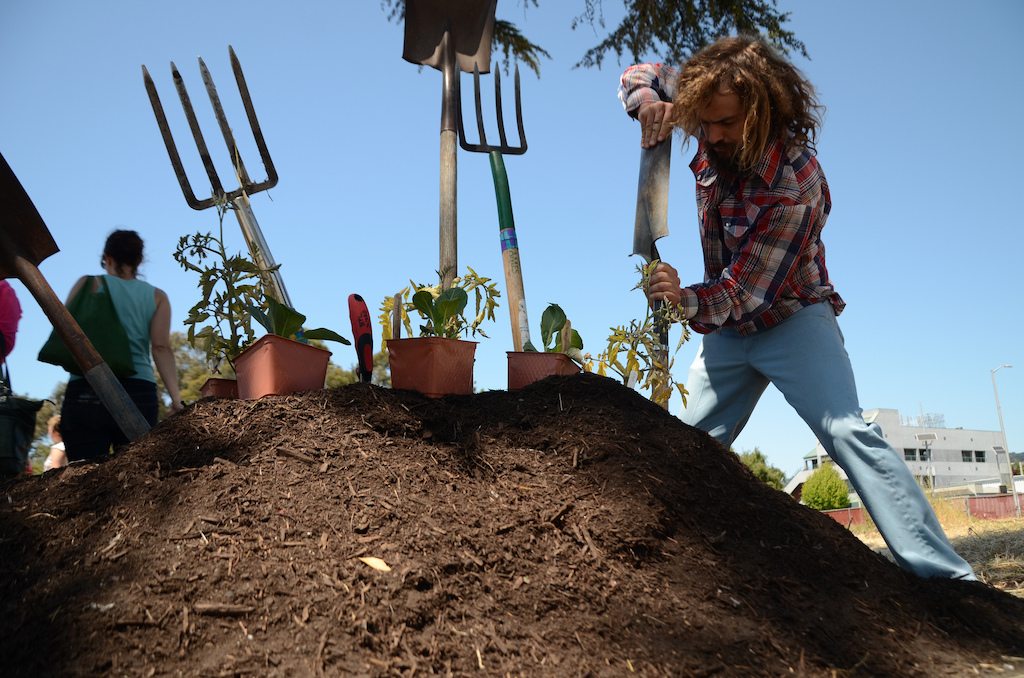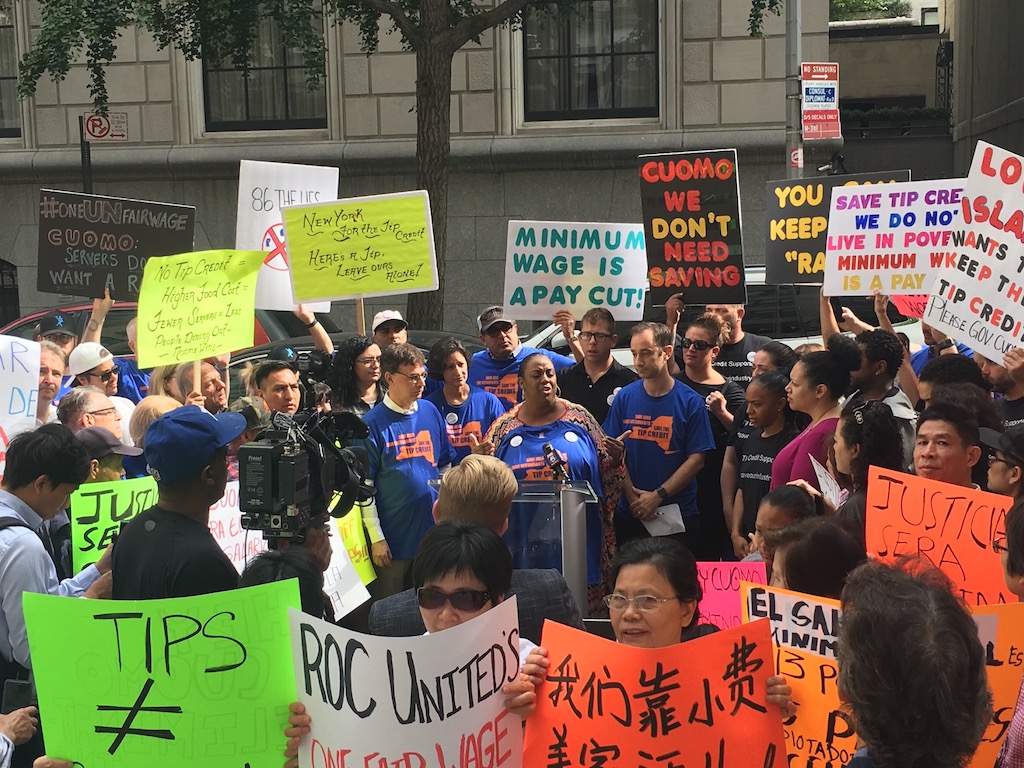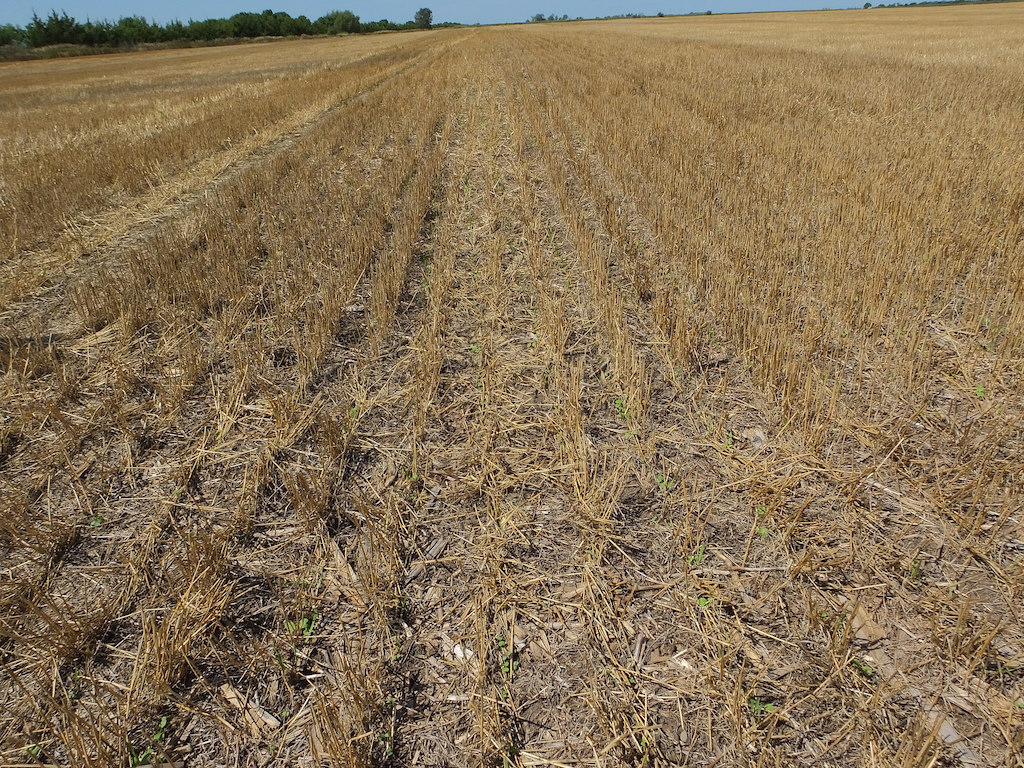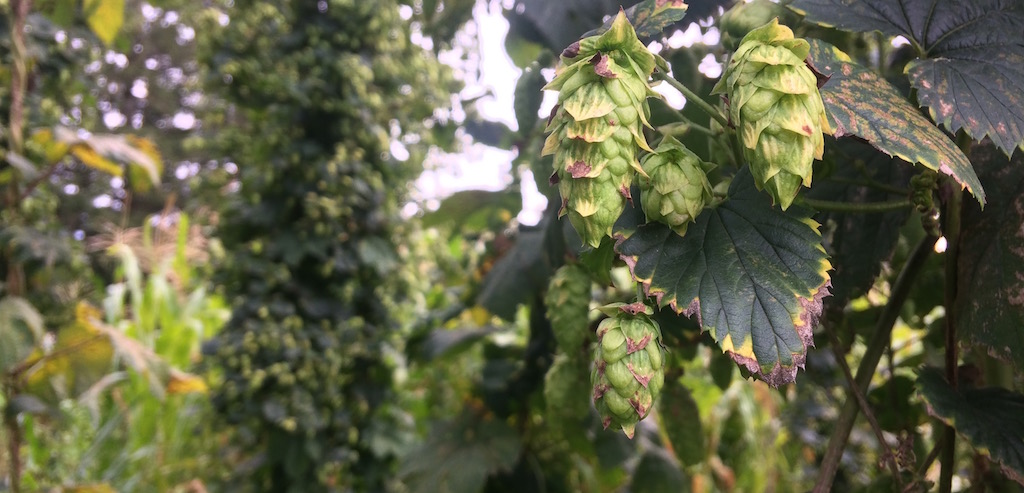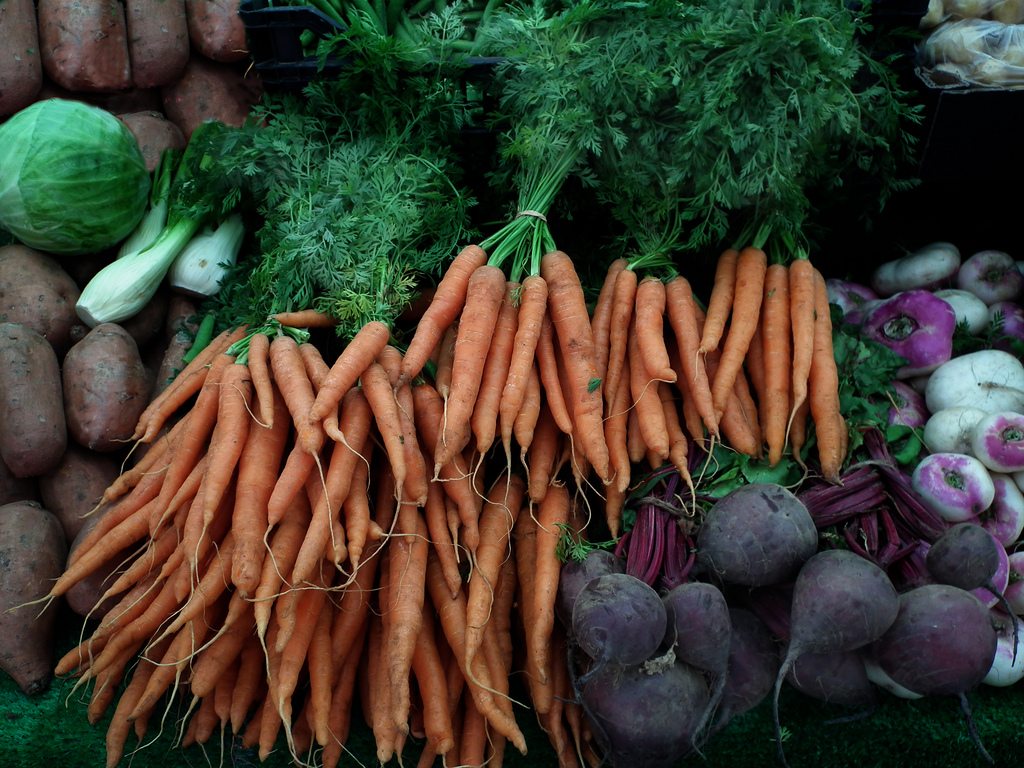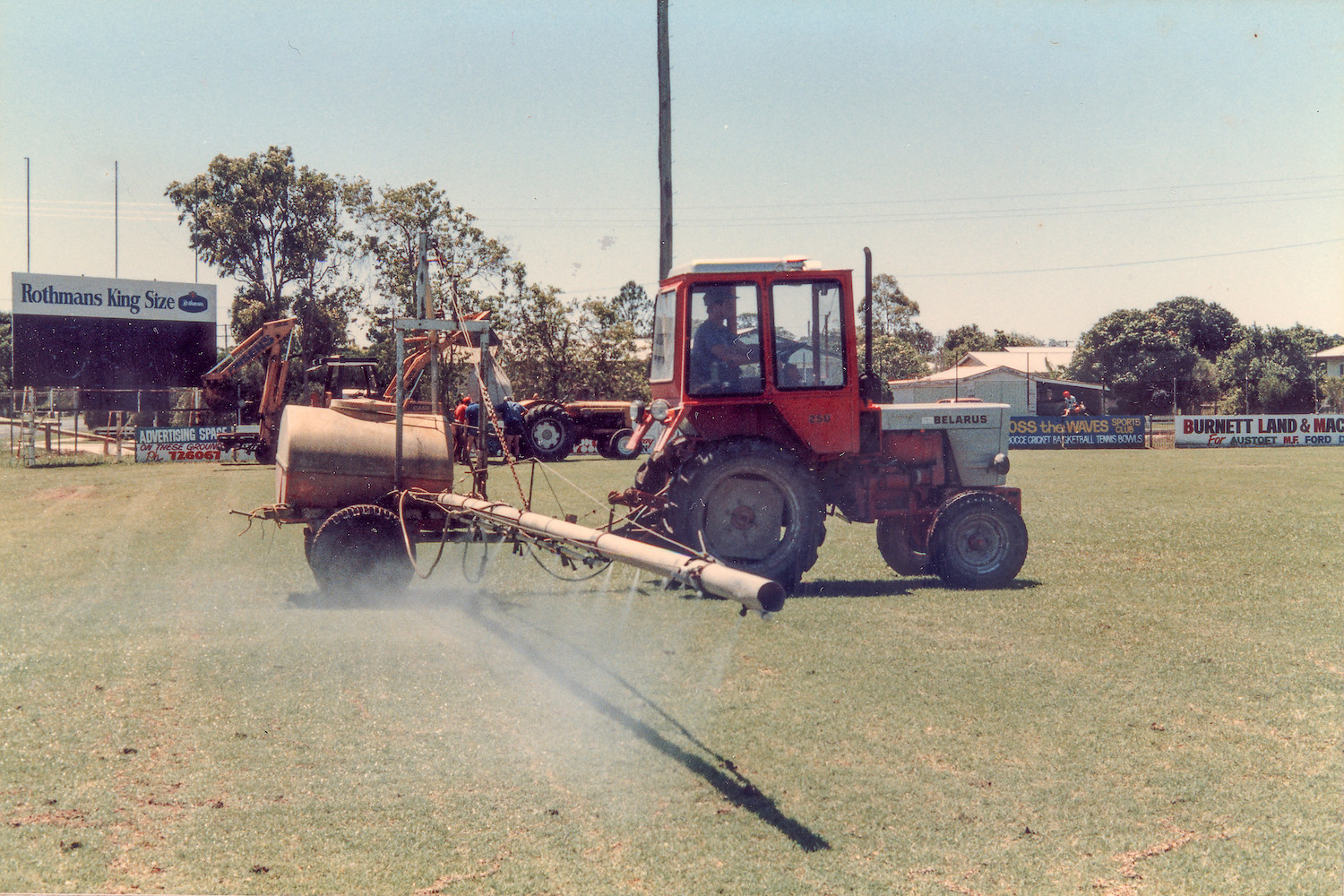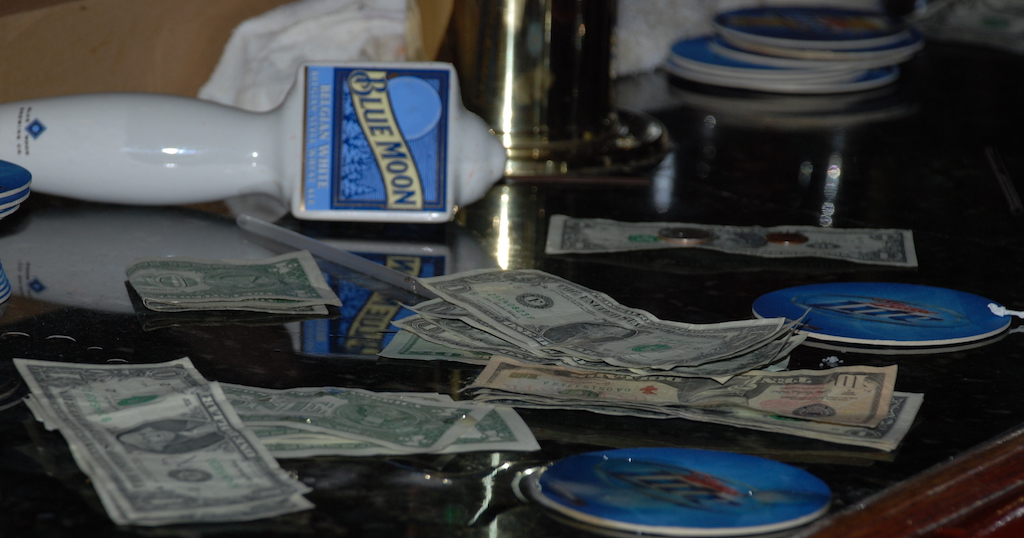In a long-anticipated move, the New York City Council today banned the sale of foie gras in 2022 by a lopsided vote of 42-6. Supporters greeted the vote with whistles and cheers. The country’s two major farms said the decision means people will lose their jobs, and plan to challenge the new law in court.
The council will amend the city’s administrative code to prohibit restaurants, grocery stores, farmer’s markets, and any other retail or food service establishments from selling or keeping products that were made by force-feeding ducks, geese or other birds to fatten their livers. Restaurants caught serving foie gras can be fined up to $2,000 per violation.
The ban is one of eleven animal welfare bills and resolutions passed by the council. The council also increased penalties on netting pigeons for hunting, cut off carriage horse rides when the combined air temperature and relative humidity figures exceed 150 degrees, and approved a resolution to support Meatless Mondays—currently observed in public schools—citywide.
“Several of these bills will have an impact on business, but as society evolves, we have a right to expect that business practices evolve as well,” said council member Mark Levine during a health committee meeting on Tuesday. “That does mean changing the food we consume and changing the food production system.”
New York City is the second major market in America to ban the sale of foie gras. California passed a similar ban in 2004, and after years of legal challenges, it went into effect this year, when the U.S. Supreme Court declined to hear an appeal. Chicago followed in 2006, but the city council repealed the prohibition two years later.
The country’s two largest producers, Hudson Valley Foie Gras and La Belle Farms, are both located two hours away from New York City, in Ferndale, New York. Critics of the ban say it could decimate the rural community’s economy.
Still, Levine and other council members voted to ban foie gras, which is French for “fat liver,” on the grounds that it’s cruel to animals: farmers force a tube down the throat of a duck or goose, and pump grain and fat into their stomachs until the liver swells up to ten times the normal size. The feeding, known as gavage, occurs three times a day for the final three weeks of the bird’s 15-week life.
Whether that’s painful for the birds is a subject of robust debate. Foie gras defenders, including some veterinarians and avian specialists, point out that ducks naturally store fat in their livers, because they are migratory fowl. And they don’t have a gag reflex, so what appears to be wrenching to a human isn’t so for a bird.
A bird force-fed to the point of suffering, they say, would be unable to move, or would bleed to death from organ rupture. Journalists and politicians who have toured the Ferndale facilities haven’t seen evidence of such excess, though Holly Cheever, a veterinarian affiliated with the Humane Society testified to the council in June that the tours were “sanitized, choreographed, and altered forms of public display,” charges the farmers deny.
At the Manhattan outpost of Toro, a small chain of Spanish tapas restaurants, foie gras shows up three ways—battered and fried in a Japanese-style tonkatsu sandwich; rolled and served chilled, as a torchon; and seared in Cognac.
“A replacement for the flavor, and the sourness, and the richness? No, I don’t think I’ll really find something,” says Jamie Bissonnette, Toro co-owner and chef, who trained in French restaurants. “It’s an important part of the cooking culture.”
The managers of the two Ferndale operations say customers in New York City buy one-third of all the foie gras they produce every year. Between the bans there and in California, the farms expect to lose over half of their annual sales.
Sergio Saravia, the president of La Belle Farms, says he can’t compensate for the loss with increased purchases of related products, like duck breasts, rendered fat, dried feathers, and carcasses for pet food. Without the cash crop, the two operations could be forced to lay off some of the 400 combined employees.
“When you buy a duckling, it’s four dollars a duckling. If you don’t get a liver, by the time you process that bird, it’s impossible to meet that overhead by selling every other part,” Saravia says. “We need to sell the foie.”
Andy Wertheim, the president of D’Artagnan, a Union, New Jersey-based specialty foods distributor, says he’s diversified the product line in anticipation of lost foie gras sales. The company, which began as a foie gras supplier for New York City’s four-star restaurants, now boasts a product portfolio that includes specialty meats, charcuterie, and mushrooms, and distribution centers in five states.
Sales of foie gras to restaurants, retailers, and home cooks represent 18 percent of $140 million in annual sales, Wertheim says. “When people think of us, they often think of foie gras, and everything that we’ve been able to do as a company has been off of the backs of our heritage,” he says. “This will have a measurable impact on our business.”
The market is definitely shrinking. According to data from NPD Group, foie gras shipments plummeted after California’s ban took effect in January, and have fallen 15 percent since September 2018. The market research group tracks shipments from major foodservice distributors, like Sysco and U.S. Foods, to independent and small chain restaurants.
And New York City is a bigger source of revenue than California was, which makes the suppliers’ survival that much more precarious. The two farms, along with Rougié, a French producer, will appeal the ban in state and federal courts “as soon as possible,” according to Lynne Munroe, a spokeswoman for the two farms and Rougié, which call themselves the Catskill Foie Gras Collective.
Before the vote, Carlina Rivera, the councilwoman who introduced the ban, said that the farms could continue to sell foie gras in New York City if the livers came from ducks that naturally gorged on fatty foods like acorns and olives. That suggestion was flatly rejected by Saravia.
“There is no method to produce foie gras without gavage,” he says. “It’s just not possible. You can’t produce it as a business year-round.”
